Qualitative Tests: Exploring Lateral Flow Assays and Their Applications

Section Overview
- Understanding Qualitative Tests
- Types of Qualitative Tests
- Mechanism of Action
- Positive and Negative Test Results
- Industrial Applications of Qualitative Tests
- Benefits of Qualitative Tests
- Assay Types in Qualitative Testing
- The Role of Dyed Estapor® Microspheres
- Custom Development of Dyed Microspheres
Understanding Qualitative Tests
In qualitative tests, results are simplified to a straightforward “yes or no,” visualized by colored capture lines. One of the earliest examples of this assay is the pregnancy test, a one-step lateral flow chromatographic immunoassay.
Types of Qualitative Tests
Several types of tests have been created, including:
- Monotest Monochromatic - This test features the same color line for both the analyte and the control test.
- Monotest Bichromatic - This format has two color lines—one for the analyte and one for the control test.
- Multitest Monochromatic - Similar to the monotest monochromatic, but allows for multiple analytes with the same color line.
- Multitest Polychromatic - This test displays several color lines, one for each analyte and one for the control test.
Mechanism of Action
This method employs a colored conjugate (mouse anti-hCG monoclonal antibody + colored Dyed Estapor® Microspheres complex) pre-dried on the test strip.
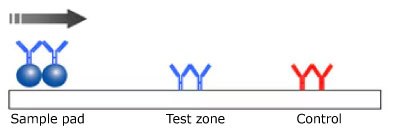
Figure 1.Monotest monochromatic lateral flow test setup.
When a sufficient sample volume is added, the conjugate selectively reacts with hCG in the test samples, forming an antibody-antigen complex. The mixture then moves upward on the membrane by capillary action, producing a visible blue band.
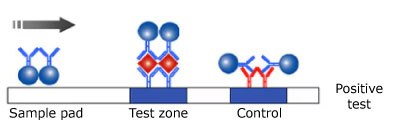
Figure 2.Positive monotest monochromatic lateral flow test result.
In the absence of hCG, there is no line in the test zone. The reaction mixture continues flowing through the absorbent device to the immobilized antibody placed in the control band region and a red band appears (control band), regardless of the presence of hCG.
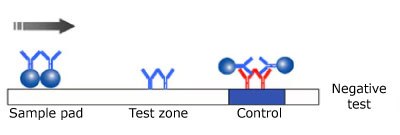
Figure 3.Negative monotest monochromatic lateral flow test result.
Positive and Negative Test Results
- Positive Test: A blue band appears in the test zone.
- Negative Test: No line appears in the test zone, but a red band indicates the control.
Industrial Applications of Qualitative Tests
The development of simple and rapid detection tests using lateral flow technology fulfills the need for point-of-care (POC) testing across various fields:
Clinical and Veterinary Diagnostics
Applications include pregnancy tests, HIV tests, drug abuse detection, and infectious disease testing (e.g., Adenovirus, Helicobacter Pylori, Rotavirus).
Food Industry
Tests for pathogens such as Salmonella, E. Coli, and Listeria.
Environmental Testing
Detection of Legionella and Amibia.
Benefits of Qualitative Tests
- Visualized Coloration: Easy interpretation of results.
- Faster Time to Result: Quick turnaround for testing.
- User-Friendly: Simple to administer and read.
Assay Types in Qualitative Testing
In qualitative tests, various assay types can be selected:
- Monochromatic / Monoparametric Test
- Bichromatic / Monoparametric Test
- Multichromatic / Multiparametric Test
- One example is the influenza virus test.
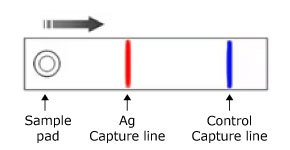
Figure 4.Monochromatic monoparametric lateral flow test setup.
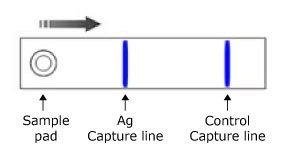
Figure 5.Bichromatic monoparametric lateral flow test setup.
One example of a multichromatic/multiparametric test is the influenza virus test and is depicted in the illustration below. Multiplex tests allow for the simultaneous detection of multiple analytes within a single sample, enhancing efficiency and reducing the time needed for diagnosis. In the influenza virus test, this method utilizes different colored capture lines for each viral strain, enabling healthcare professionals to quickly identify the presence of multiple influenza viruses in one test, all while maintaining high sensitivity and specificity.
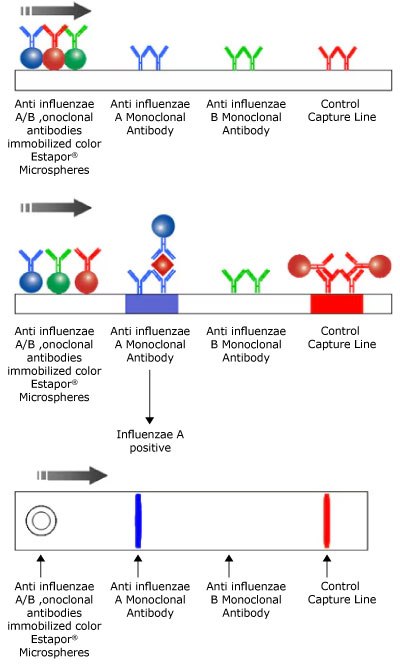
Figure 6.Influenza virus multiplex lateral flow test setup.
The Role of Dyed Estapor® Microspheres
In lateral flow tests, we recommend using Dyed Estapor® Microspheres or Estapor® Color Intense Microspheres. The Dyed Estapor® Microspheres are internally dyed for uniformity, ensuring maximum color brilliance and preventing dye leaching in water or aqueous buffers. Over 100 dyed microspheres are available in various colors, creating what is known as the Rainbow Effect.
The Estapor® Color Intense Microspheres are specifically designed to boost the functionality of lateral flow tests, allowing for the simultaneous detection of multiple analytes on a single test strip. Each analyte is distinctly identifiable by microspheres colored in red, blue, or black, enhancing clarity and easing interpretation.
Custom Development of Dyed Microspheres
If standard dyed microspheres do not meet your needs, Estapor® offers custom development for the diagnostics, biotech, and pharmaceutical industries. Our technical department can quickly produce custom microspheres tailored to your specific requirements. Contact your Estapor® representative for more information.
Related Products
如要继续阅读,请登录或创建帐户。
暂无帐户?